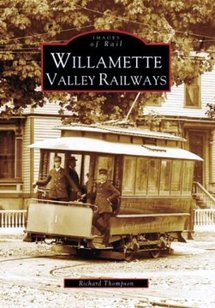
Why are so many folks fascinated with historic railways? Our guest for this episode, Richard Thompson, has a theory: it's the wind in our faces, the clanging of the iron wheels, the rocking of the railcar, and the powerful groan of the engine that entices us to jump on this ride through living history! Richard has written seven books on various components of the interurban railways and streetcar lines that provided daily public transportation throughout our region. Today we're focusing on two of his books, Willamette Valley Railways and Lost Oregon Streetcars.
| Richard has amassed a collection of 4500 historic photographs which document this industry which was generally killed off by the Great Depression in the late 1920's. The majority of his books are based on the streetcar systems of Portland, as this was the largest system in Oregon and became the model for other cities in the state as well as across the nation. It was the third largest narrow gauge system in the United States, following that of Los Angeles. The Portland system had over 300 miles of track, 40 various lines, and some 600 streetcars. Salem's 1889 system became the most extensive outside of Portland, with six lines and 34 streetcars made by seven manufacturers. Salem's two competing vendors eventually merged, but the system could not survive the Great Depression, with service ending in 1927. |
| Out of the many stories in his book, Richard told us three of his favorites. The first involves Astoria, a coastal town built on piers over mudflats, with blocks of wooden-plank streets and sidewalks carrying the rail tracks beginning in the 1880s. On December 8, 1922, a fire destroyed 24 blocks of Astoria's central business district, effectively cutting the looped rail system in half. The company struggled for a few months, but by June 1924, buses began replacing the trolleys. Baker City began its transit system with in June of 1890 using two cars and six horses. The system was originally headed by John Geiser and his son Albert. Along with being the railway president and general manager, he also owned the largest gold mine in the state. At one-mile in length, this shortest streetcar line in the state provided transport between the train stations and the downtown hotels under different ownerships until operations ceased in 1904. Cherry Grove, located near Forest Grove, was the location of the state's only battery-powered railway, the Willamette Valley & Coast Railroad. Built in 1912 by Swedish immigrant August Lovegren to haul lumber from his mill to town, the system carried both freight and passengers over the 5.5 miles between Cherry Grove and Patton Junction, using no poles or overhead wires. Following a devastating flood in 1914, Lovegren ceased mill operations, and the railway was sold. It changed hands several times before ending service in 1933. |
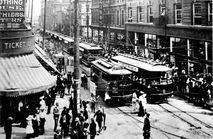
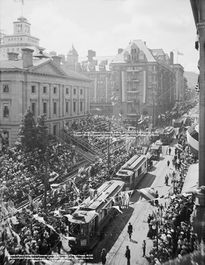
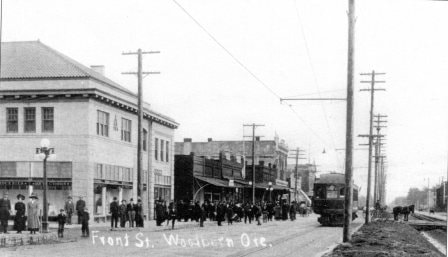

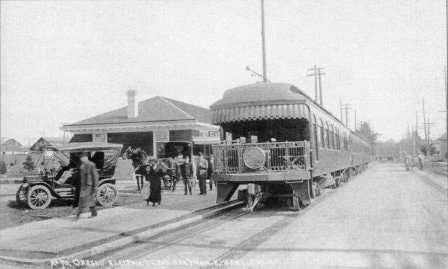
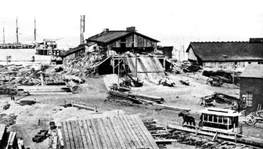
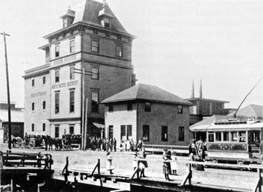
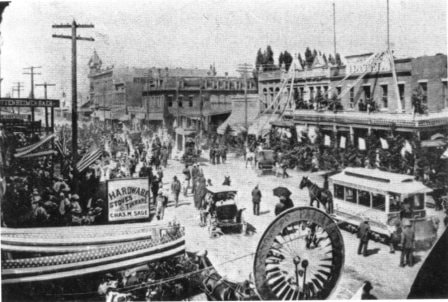
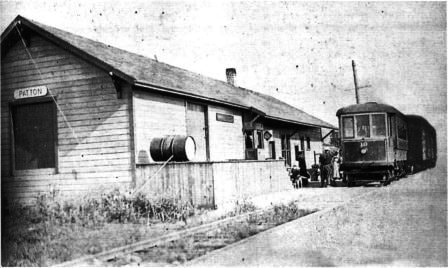


 RSS Feed
RSS Feed